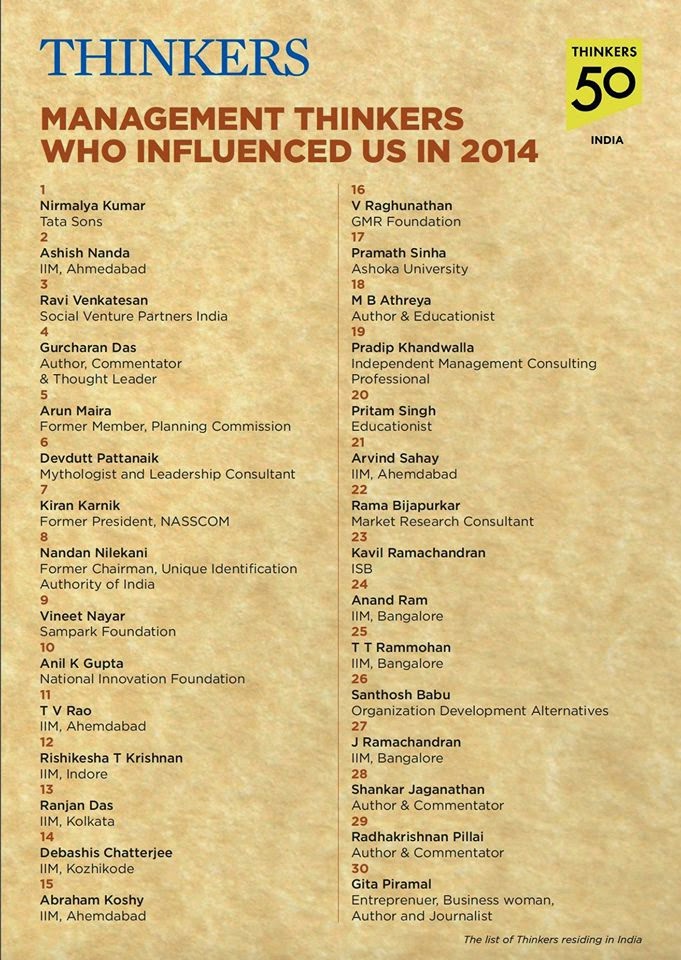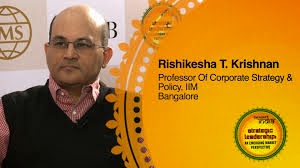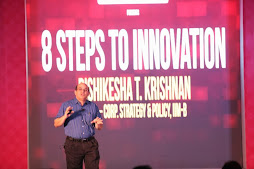Technological innovation can help people overcome their disabilities. An electric wheelchair can provide mobility, and screen-reading software can read out text from a computer screen. But for such innovations to work effectively, other things need to change as well. In public transport systems in the US, buses are fitted with extendable ramps that allow a person on an electric wheelchair to board the bus unassisted (see picture below). Books need to be available in “text” (rather than “image”) format for most screen-reading programs to work effectively.
India is home to an estimated 70 million people with disabilities. Their access to appropriate technological innovation is limited. But even if they were to have access, they would still be disadvantaged because public infrastructure and workplaces have not kept pace with technological changes.
A recent joint initiative by India’s largest bank, the State Bank of India (SBI), and a pioneering non-profit working for livelihoods for the disabled, Enable India, shows how a fresh look at jobs and tasks can make a difference.
While the Persons with Disabilities Act requires the government and government undertakings to reserve 3% of job openings for persons with disabilities, it also allows government employers to identify which jobs are suitable for such reservation. At times, this provides an opportunity for the government to wriggle out of conforming to the spirit of the Act. For example, the government has so far been unwilling to give positions to the disabled in most Central Civil Services, even after they qualify on a highly competitive national test.
The Banking sector is a large employer. But it deals with people’s hard-earned money and it is therefore critical that people using banks have a high degree of confidence in their working. This is perhaps one of the reasons why Banks have been reluctant to use persons with disabilities widely in their operations.
However, banking has undergone major changes in the last decade. Large banks like the SBI have modified their business processes to take maximum advantage of information technology. Bank branches today primarily provide an interface with customers while all processing and record-keeping happens in the background in large regional or centralized processing centres. In the light of these changes, SBI asked Enable India to study employment opportunities for persons with disabilities in the bank.
Enable India presented the results of their study at a recent seminar hosted by the Axis Bank Foundation at IIM Bangalore. The key finding was that there are 40+ roles / tasks that can be undertaken by persons with disabilities with the help of assistive technologies and, in some cases, minor changes in the business process. For example, SBI continues to maintain passbooks for its customers (driven by a need of customers for frequent and tangible evidence of their bank balances!). Some large branches have a separate counter where passbooks are brought up to date. This service can be performed by a person with visual disability if the bank account details are bar-coded on top of the passbook, and a bar-code reader is integrated with the workstation where the printing is being done.
What this project shows is that if there is some openness to re-defining tasks and business processes, a whole new world of opportunity can unfold for persons with disabilities. Technological innovation can take great strides, but social impact depends on integration with people and processes!
[The picture below shows Enable India founder Shanti Raghavan receiving the National Award for Empowering Persons with Disabilities.]
India is home to an estimated 70 million people with disabilities. Their access to appropriate technological innovation is limited. But even if they were to have access, they would still be disadvantaged because public infrastructure and workplaces have not kept pace with technological changes.
A recent joint initiative by India’s largest bank, the State Bank of India (SBI), and a pioneering non-profit working for livelihoods for the disabled, Enable India, shows how a fresh look at jobs and tasks can make a difference.
While the Persons with Disabilities Act requires the government and government undertakings to reserve 3% of job openings for persons with disabilities, it also allows government employers to identify which jobs are suitable for such reservation. At times, this provides an opportunity for the government to wriggle out of conforming to the spirit of the Act. For example, the government has so far been unwilling to give positions to the disabled in most Central Civil Services, even after they qualify on a highly competitive national test.
The Banking sector is a large employer. But it deals with people’s hard-earned money and it is therefore critical that people using banks have a high degree of confidence in their working. This is perhaps one of the reasons why Banks have been reluctant to use persons with disabilities widely in their operations.
However, banking has undergone major changes in the last decade. Large banks like the SBI have modified their business processes to take maximum advantage of information technology. Bank branches today primarily provide an interface with customers while all processing and record-keeping happens in the background in large regional or centralized processing centres. In the light of these changes, SBI asked Enable India to study employment opportunities for persons with disabilities in the bank.
Enable India presented the results of their study at a recent seminar hosted by the Axis Bank Foundation at IIM Bangalore. The key finding was that there are 40+ roles / tasks that can be undertaken by persons with disabilities with the help of assistive technologies and, in some cases, minor changes in the business process. For example, SBI continues to maintain passbooks for its customers (driven by a need of customers for frequent and tangible evidence of their bank balances!). Some large branches have a separate counter where passbooks are brought up to date. This service can be performed by a person with visual disability if the bank account details are bar-coded on top of the passbook, and a bar-code reader is integrated with the workstation where the printing is being done.
What this project shows is that if there is some openness to re-defining tasks and business processes, a whole new world of opportunity can unfold for persons with disabilities. Technological innovation can take great strides, but social impact depends on integration with people and processes!
[The picture below shows Enable India founder Shanti Raghavan receiving the National Award for Empowering Persons with Disabilities.]

















No comments:
Post a Comment